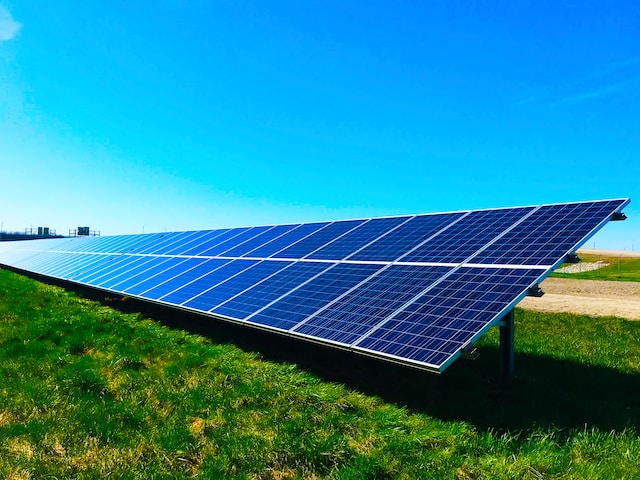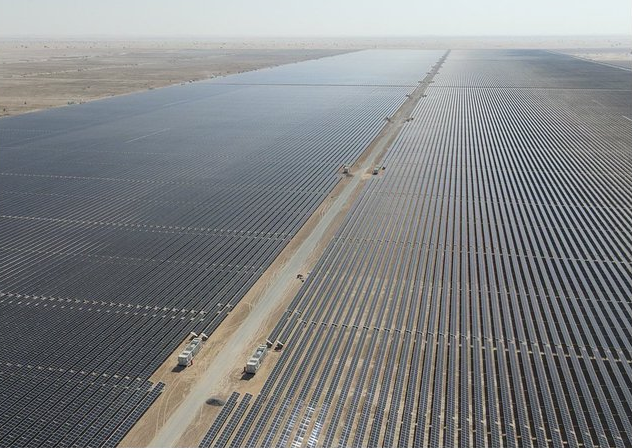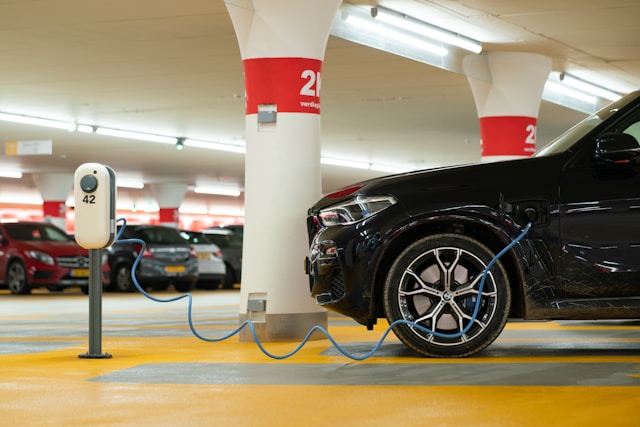One of the easiest ways to reduce the mileage of vehicles is to decrease the overall weight of the car. Lightweight material like carbon fiber is both strong and light and has been used for years in racing cars.
It is also becoming the material of choice for automakers to improve fuel efficiency of vehicles. But does bamboo have the potential to replace carbon fiber in many common auto-industry applications in the near future?
Bamboo vs. carbon fiber:
Although carbon fiber is poised to enter the mainstream of automotive materials, it has some drawbacks. Carbon fiber is an expensive material. It can be very brittle if made poorly. It’s not recyclable and imposes a harmful impact on the environment.
On the other hand, bamboo, when combined with an epoxy coating, is exceptionally strong and lightweight. Above all, it is renewable, abundant and cheap.
Surfboard maker Gary Young has used woven bamboo in place of carbon fiber
He found the resulting composite material was not only as light as carbon fiber, it was far cheaper. He believes with the right approach, bamboo can be used in many applications in the automotive world where its performance qualities can be better than carbon fiber.
Bamboo is being used in the interior of some vehicles, like the BMW i3. However, we have yet to see a production car debut with a bamboo exterior.






